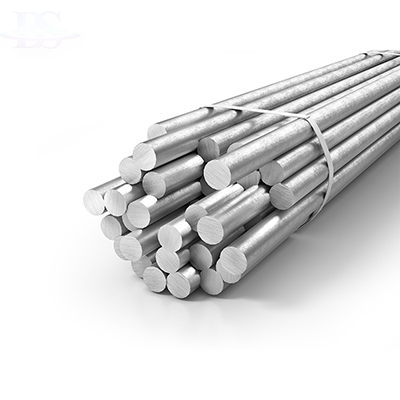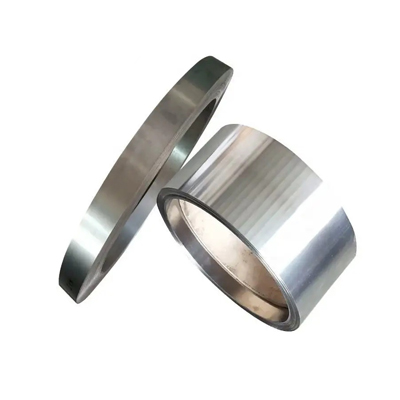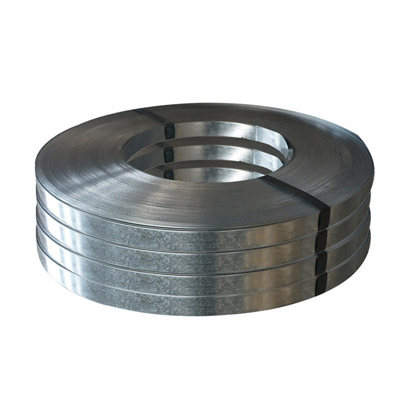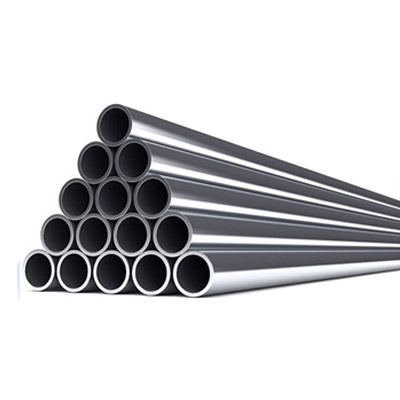Hastelloy C UNSN10002/W.Nr. 2.4819 /ASTM B622
Overview
Hastelloy C is a corrosion resistant alloy with many excellent properties which are very resistant to oxidizing and medium reducing corrosion. It has excellent resistance to stress corrosion cracking and good local clothing ability, and has satisfactory corrosion resistance in many chemical process media, including strong corrosion of inorganic acid solution, chlorine and chlorides, dry chlorine, formic acid and acetic acid, sea water and salt water.
Limiting Chemical Composition, %
Nickel (plus Cobalt)...............................................................................................................Balance.
Molybdenum......................................................................................................................15.0-17.0
Chromium...........................................................................................................................14.5-16.5
Iron......................................................................................................................................4.00-7.00
Tungsten..................................................................................................................................3.0-4.5
Cobalt....................................................................................................................................2.5 max.
Manganese: ........................................................................................................................1.00 max.
Silicon....................................................................................................................................1.0 max.
Vanadium.............................................................................................................................0.35 min.
Copper.................................................................................................................................0.08 max.
Phosphorus.........................................................................................................................0.04 max.
Sulfur:..................................................................................................................................0.03 max.
Physical Constants
Density |
lb/in^3...............................................................0.322 |
g/cm^3...............................................................8.94 | |
Specific Heat |
10^3J/kg·K.......................................................0.385 |
Thermal Conductivity |
W (m.K)..............................................................29.3 |
Melting Range |
°F ......................................................................2462 |
°C .....................................................................1350 | |
The Elastic Modulus |
10^3MPa.............................................................210 |
Mechanical properties
Tensile Strength (σb/MPa) |
Yield Strength (σp0.2/MPa) |
Elongation (σ5/%) |
≥760 |
≥365 |
≥62 |
Corrosion Resistance
Hastelloy C is a high-performance nickel-based alloy material with excellent corrosion resistance. This alloy has good resistance to oxidizing and moderately reducing corrosion, and shows satisfactory corrosion resistance in a variety of chemical process media. Specifically, it has a very high resistance to corrosive media such as strong acid, strong alkali, salt water, and at the same time can maintain stable performance under high temperature and high pressure oxidation environment.
In addition, Hastelloy C also has excellent stress corrosion cracking resistance and good local covering ability, and excellent resistance to moderate sulfuric acid and many non-oxidizing acids, which makes it excellent in the treatment of media including highly etched inorganic acid solutions, chlorine and various media containing chlorides, dry chlorine, formic and acetic acid, seawater and salt water.
This alloy has an extremely low carbon and silicon content, which helps to reduce the precipitation of carbon and other impurity phases in the welding heat affected zone, thereby maintaining the corrosion resistance of the weld. At the same time, by controlling the content of iron and chromium, the formation of β-phase Ni4Mo can be prevented, further enhancing its corrosion resistance.
Therefore, Hastelloy C has been widely used in chemical industry, petrochemical industry, nuclear industry, aerospace, automobile manufacturing, Marine engineering, biomedicine and other fields. In these fields, it is often used in the manufacture of containers, heat exchangers, plate coolers, reactors for acetic and acid products, and high-temperature structural parts.
Heat Treatment
Solution treatment:
Hastelloy C is heated to a solution temperature, usually between 980°C and 1100°C.
It is kept for some time and then cooled rapidly, usually by water quenching or air cooling.
This process can eliminate the precipitated phase in the alloy and improve the plasticity and toughness of the material.
The control of cooling rate is crucial for material properties, too fast cooling may lead to increased brittleness of the material, while too slow cooling may lead to grain growth and phase separation, reducing the strength and toughness of the material.
Aging treatment:
After solution treatment, Hastelloy C is heated to the appropriate temperature and maintained for a period of time.
Then let it cool properly.
This process can further adjust the microstructure and properties of the alloy to improve creep resistance and strength.
Annealing treatment:
Hastelloy C is heated to the appropriate temperature, held for a period of time, and then cooled slowly.
Annealing treatment can eliminate stress and improve the deformation capacity of the material.
Available Forms
We provide you with a variety of product forms, including but not limited to
● Bar & Rod
● Pipe &Tube
● Coil & Strip
● Plate & Sheet/Circle
● Wire & Welding
● Fitting (Flange, Bolts ,Elbow, Tee...)
● Customize



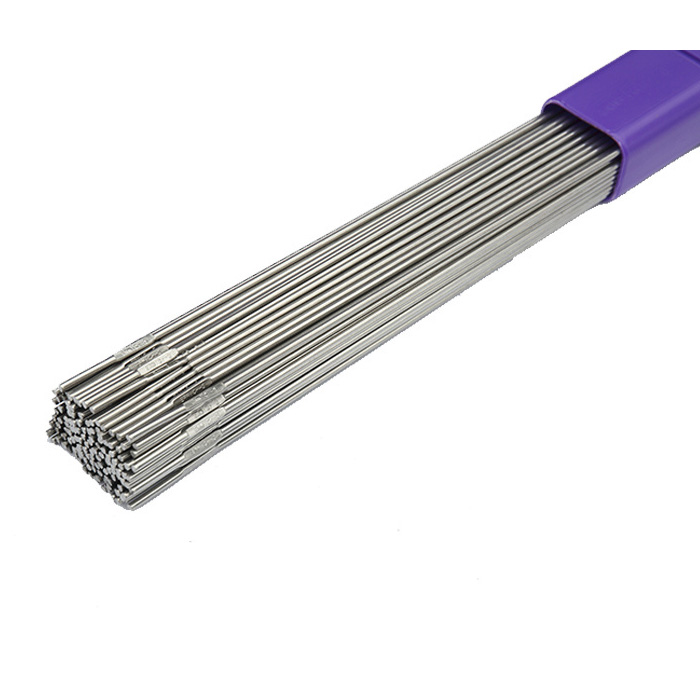 Inconel 625
Inconel 625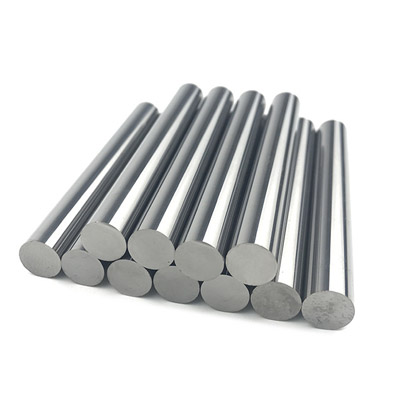 Inconel 718
Inconel 718 Inconel 725
Inconel 725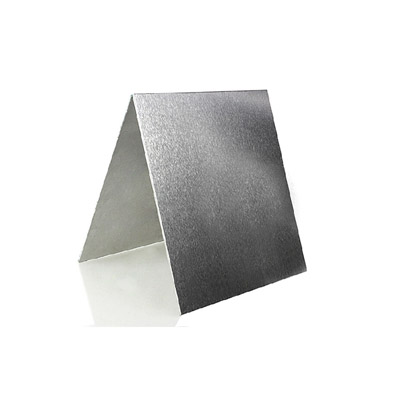 Inconel X-750
Inconel X-750 Inconel 690
Inconel 690 Inconel 617
Inconel 617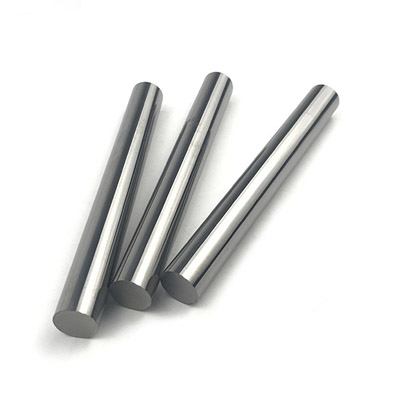 Inconel 601
Inconel 601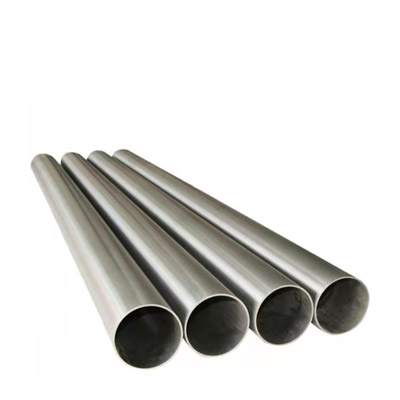 Inconel 600
Inconel 600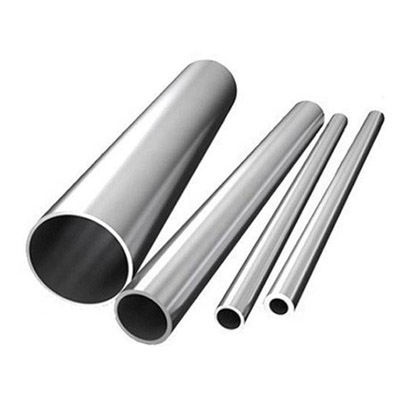 Inconel 686
Inconel 686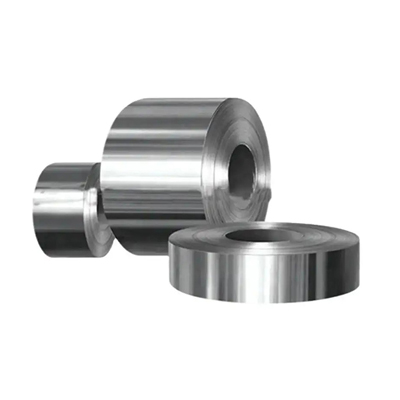 Inconel 602CA
Inconel 602CA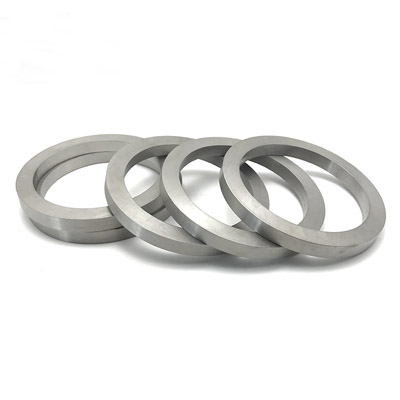 Incoloy A-286
Incoloy A-286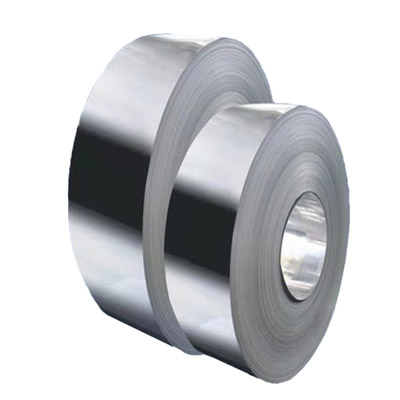 Incoloy 825
Incoloy 825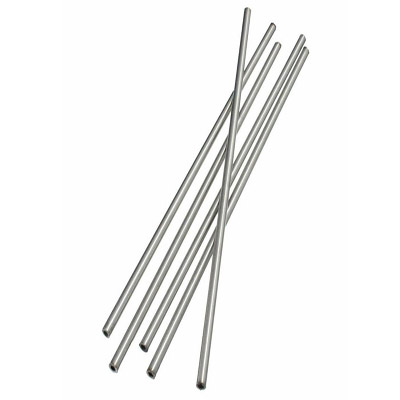 Incoloy 925
Incoloy 925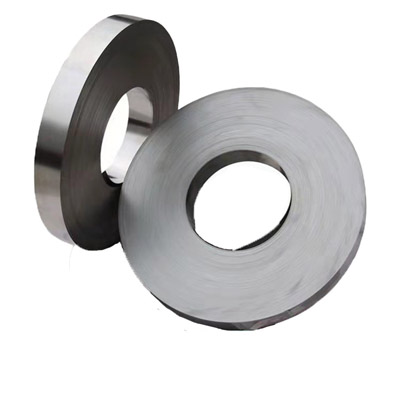 Incoloy 926
Incoloy 926 Incoloy 800
Incoloy 800 Incoloy 800H
Incoloy 800H Incoloy 800HT
Incoloy 800HT Incoloy 909
Incoloy 909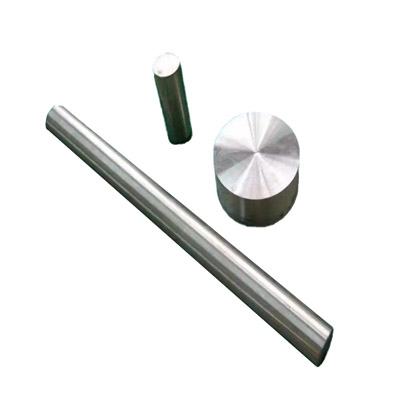 Incoloy 31
Incoloy 31 Incoloy 901
Incoloy 901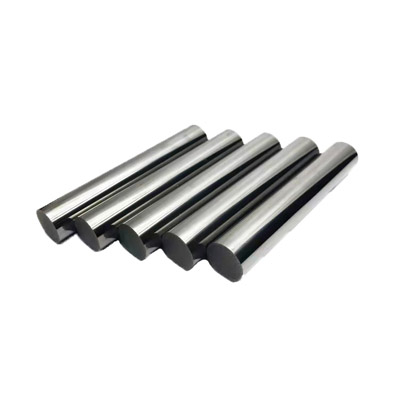 Monel K-500
Monel K-500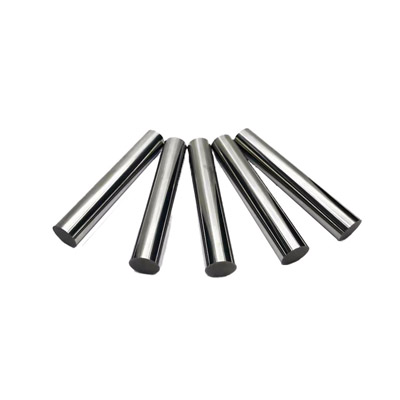 Monel 400
Monel 400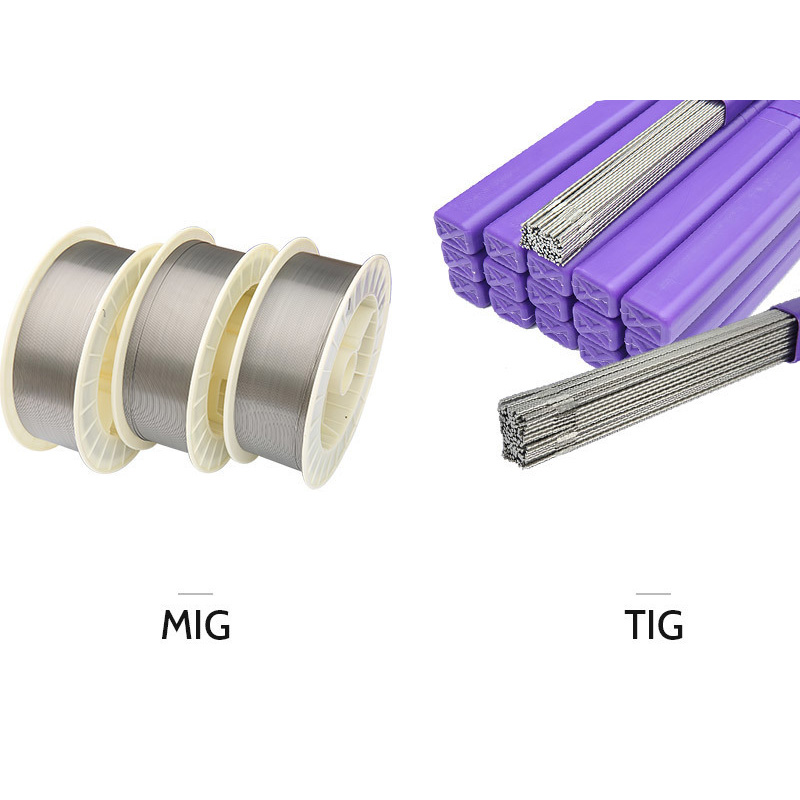 Nimonic 263
Nimonic 263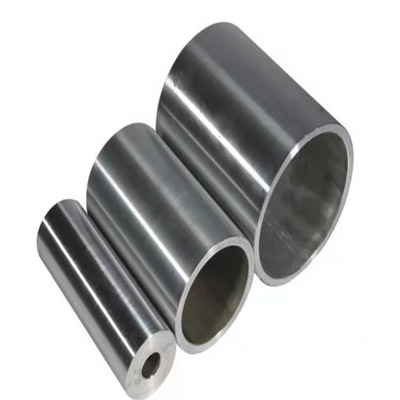 Nimonic 75
Nimonic 75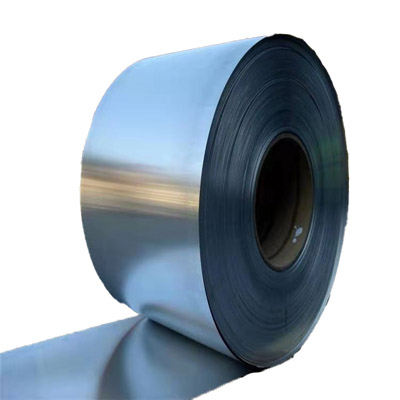 Nimonic 80A
Nimonic 80A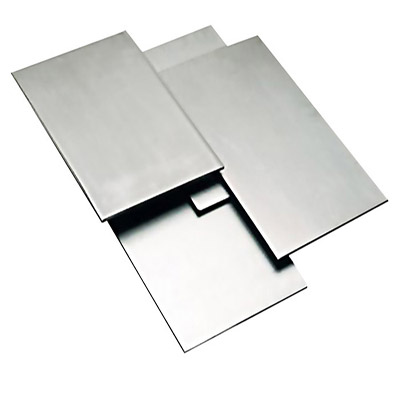 Nimonic 90
Nimonic 90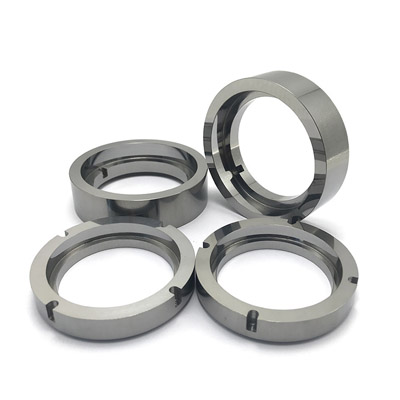 Nimonic PE11
Nimonic PE11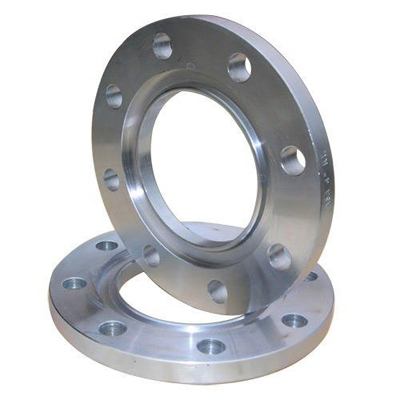 Nimonic PE16
Nimonic PE16 Nimonic PK33
Nimonic PK33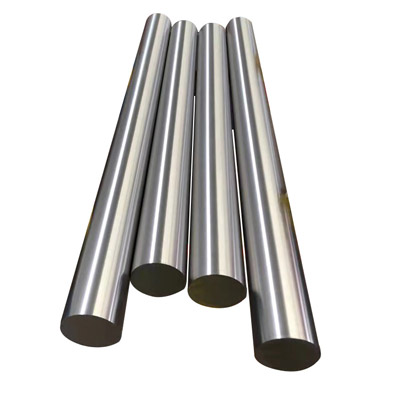 Nimonic 901
Nimonic 901 Nimonic 81
Nimonic 81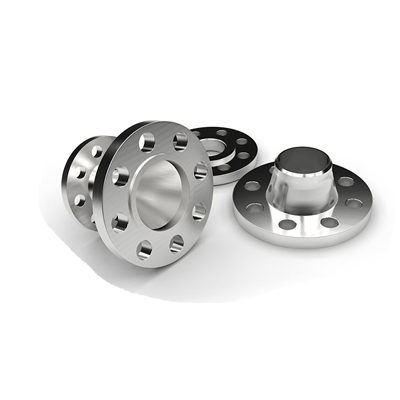 Nimonic 86
Nimonic 86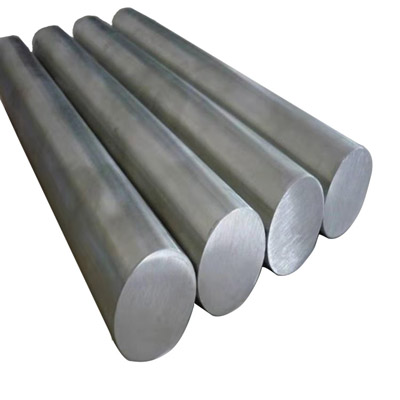 Nimonic 105
Nimonic 105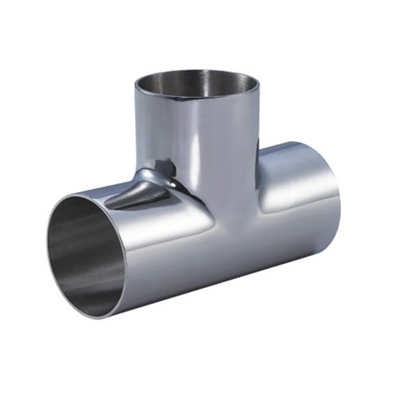 Nimonic 115
Nimonic 115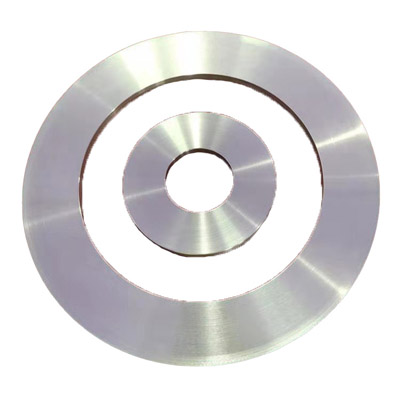 Hastelloy C-276
Hastelloy C-276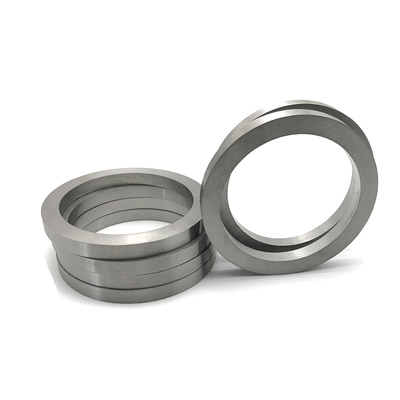 Hastelloy C
Hastelloy C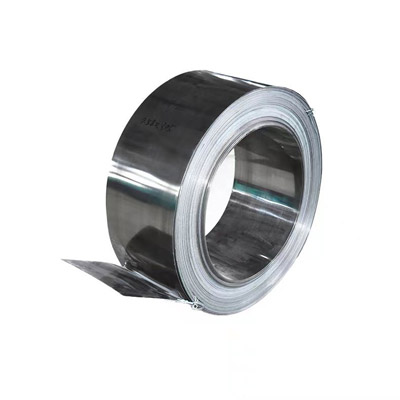 Hastelloy C4
Hastelloy C4 Hastelloy C-22
Hastelloy C-22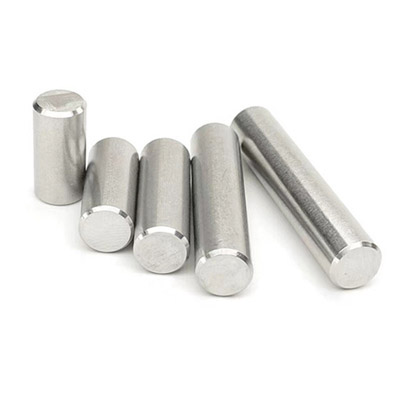 Hastelloy C-2000
Hastelloy C-2000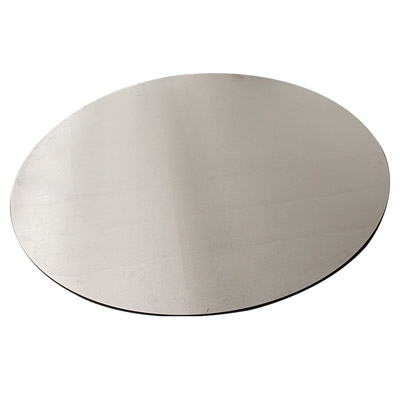 Hastelloy B-2
Hastelloy B-2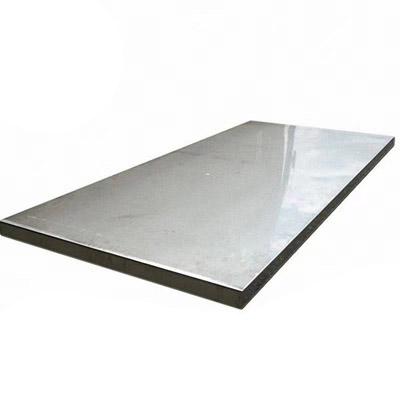 Hastelloy B-3
Hastelloy B-3 Hastelloy G30
Hastelloy G30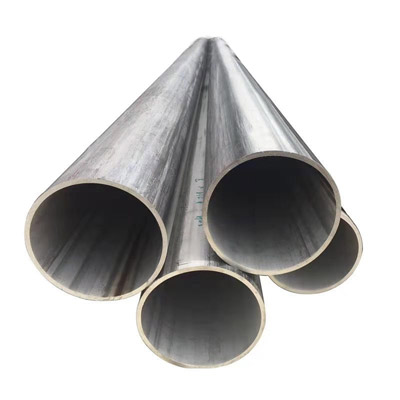 Hastelloy X
Hastelloy X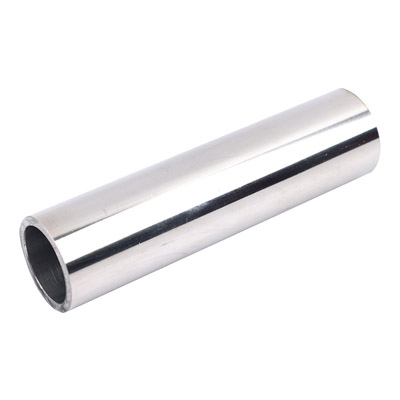 Super Invar 32-5(4J32)
Super Invar 32-5(4J32)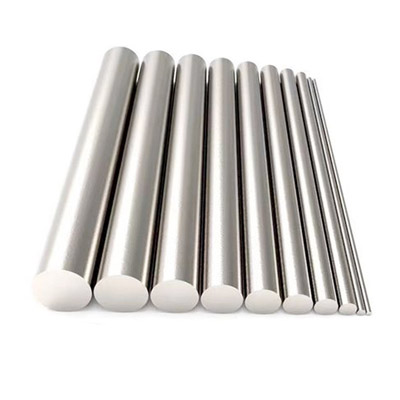 Alloy 36(4J36)
Alloy 36(4J36)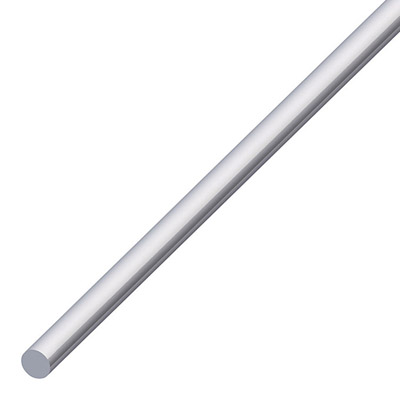 Alloy 42(4J42)
Alloy 42(4J42) Alloy 50(1J50)
Alloy 50(1J50) Hiperco 50(1J22)
Hiperco 50(1J22)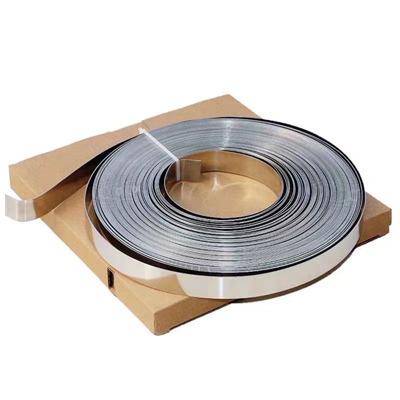 Alloy 46
Alloy 46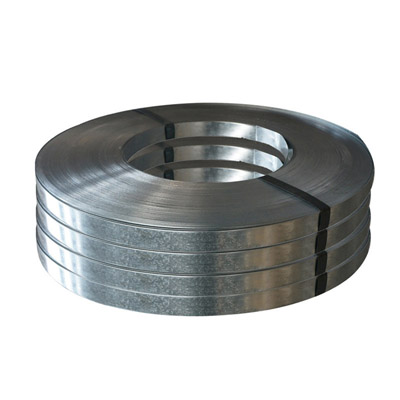 Permalloy (1J79)
Permalloy (1J79) Supermalloy(1J85)
Supermalloy(1J85)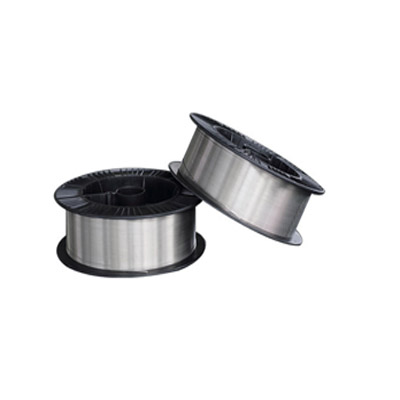 ERNiCrMo-2
ERNiCrMo-2 ERNiCrMo-3
ERNiCrMo-3 ERNiCrMo-4
ERNiCrMo-4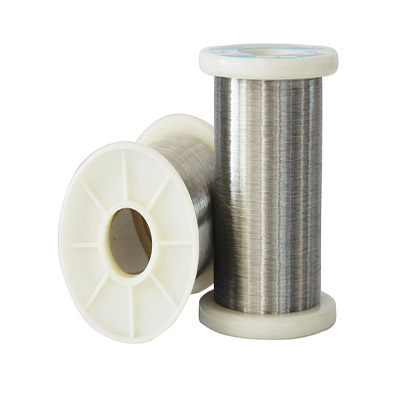 ERNiCrFe-7
ERNiCrFe-7 ERNiCrFe-7A
ERNiCrFe-7A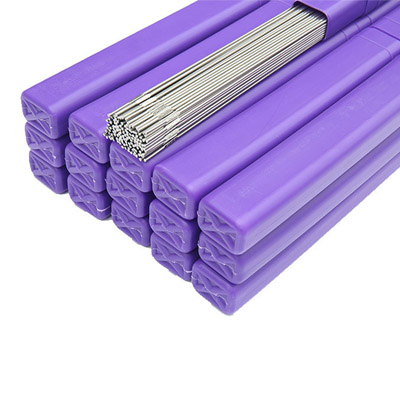 ERNiCrMo-10
ERNiCrMo-10 ERNiCrCoMo-1
ERNiCrCoMo-1 ERNiFeCr-2
ERNiFeCr-2 ERNiFeCr-1
ERNiFeCr-1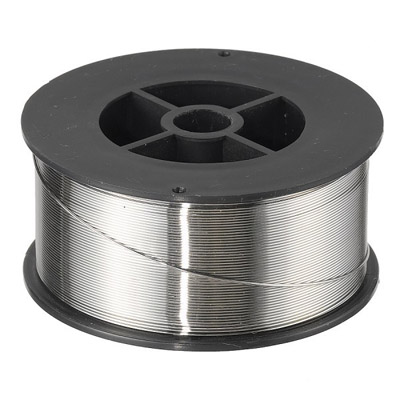 ERNiMo-8
ERNiMo-8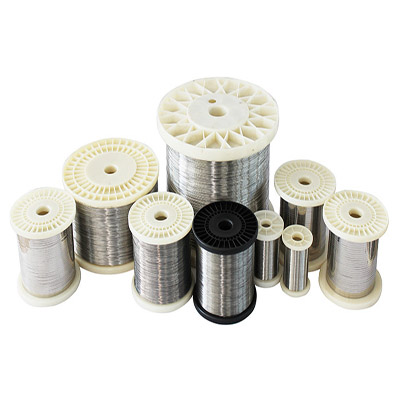 ERNiCrMo-13
ERNiCrMo-13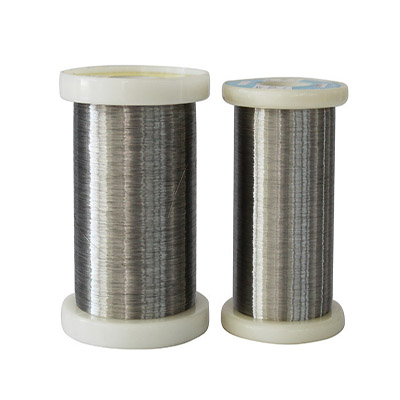 ERNiCr-4
ERNiCr-4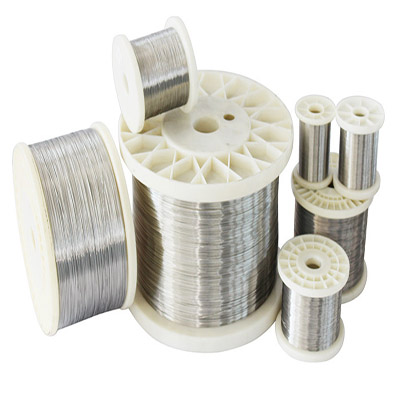 ERNiCr-3
ERNiCr-3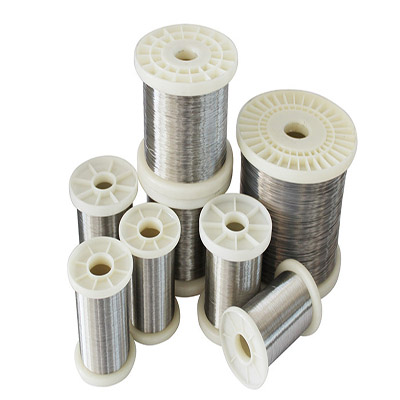 ERNi-1
ERNi-1 Haynes-25
Haynes-25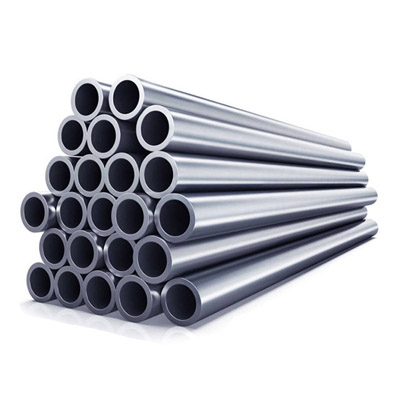 Hayness-188
Hayness-188 MP35N
MP35N Refractory 26
Refractory 26 Waspaloy alloy
Waspaloy alloy 17-4PH
17-4PH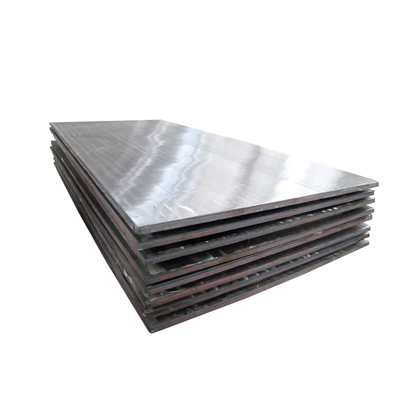 17-7PH
17-7PH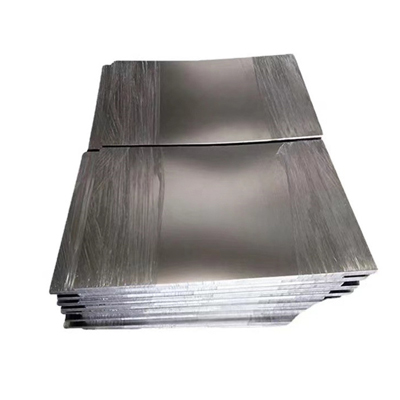 904L
904L Nitronic 50
Nitronic 50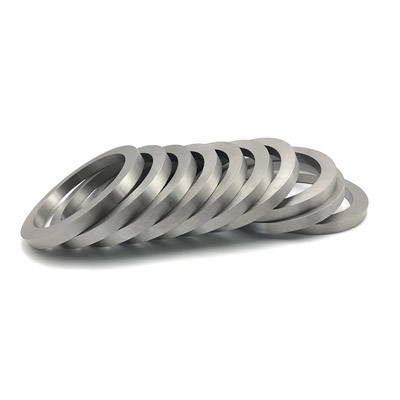 Nitronic 60
Nitronic 60 AL-6XN
AL-6XN F55
F55 PH 13-8
PH 13-8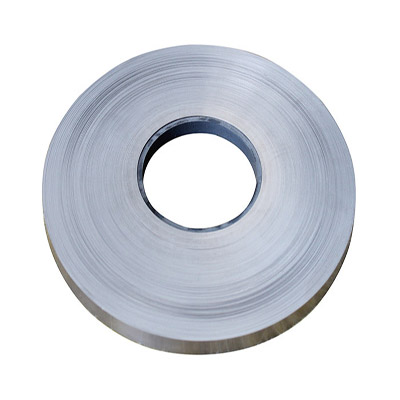 Haynes-230
Haynes-230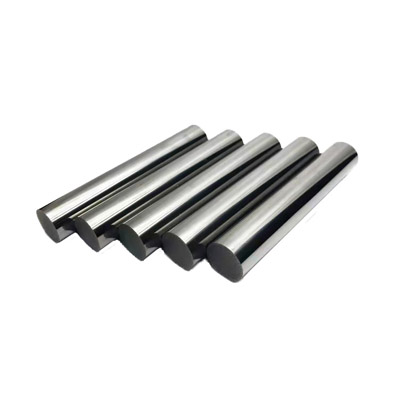 Nickel 200
Nickel 200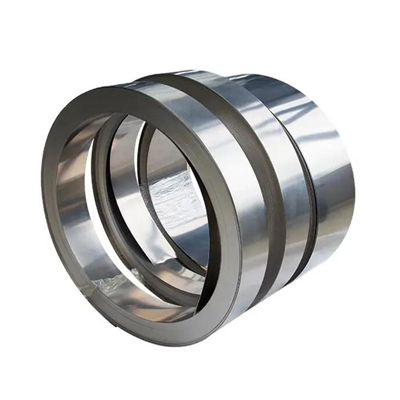 Cr20Ni80
Cr20Ni80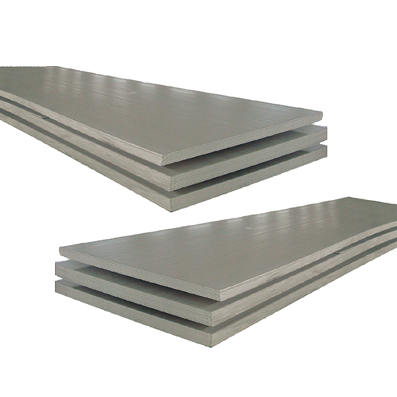 Sheet & Plate
Sheet & Plate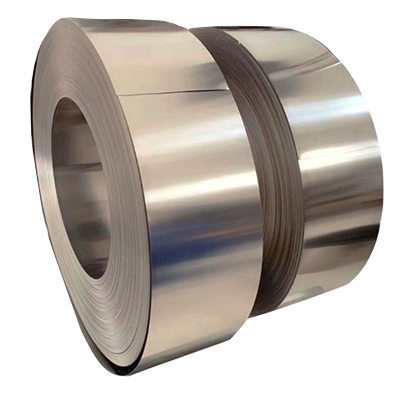 Strip & Foil
Strip & Foil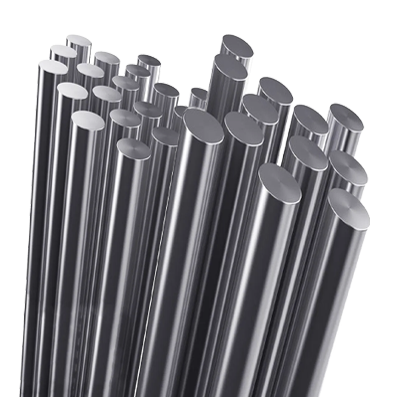 Bar & Rod
Bar & Rod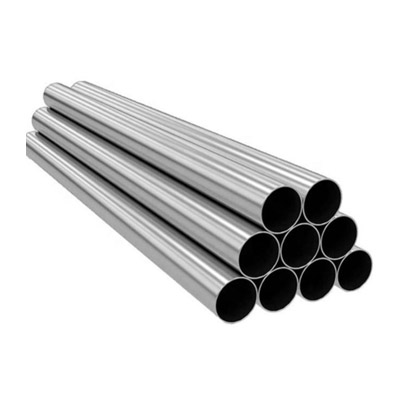 Pipe & Tube
Pipe & Tube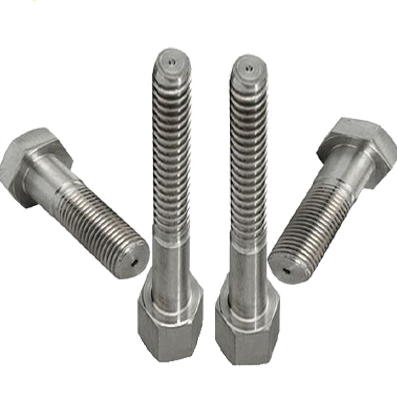 Bolts & Fasteners
Bolts & Fasteners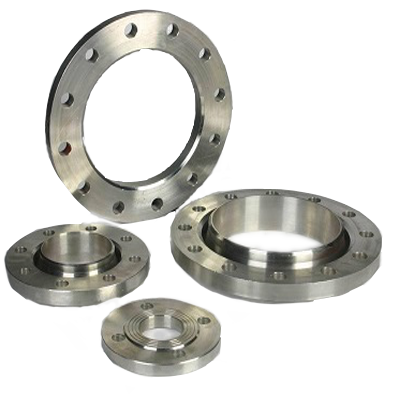 Flange & Ring
Flange & Ring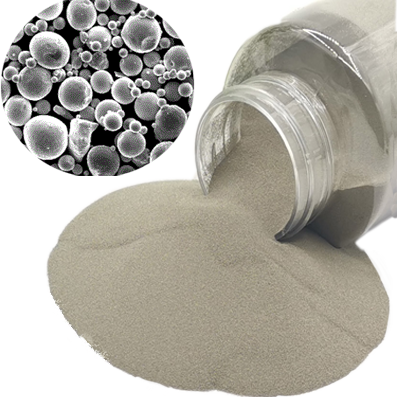 Nickel Alloy Powder
Nickel Alloy Powder

